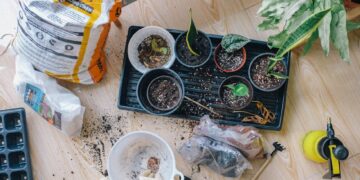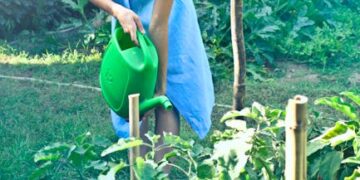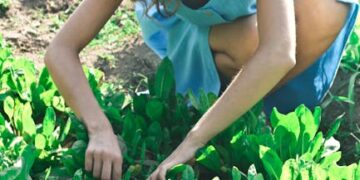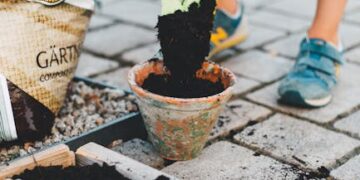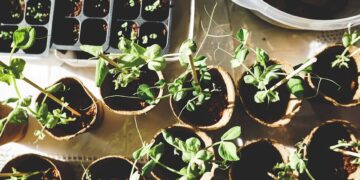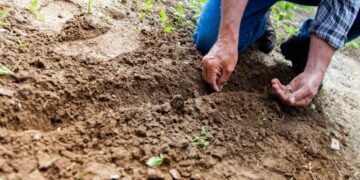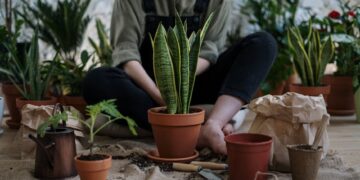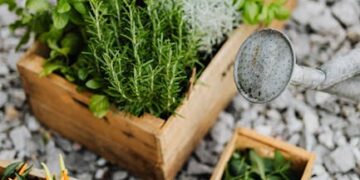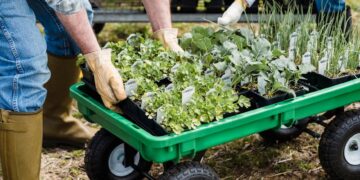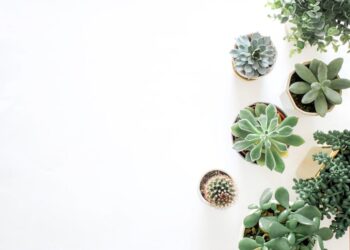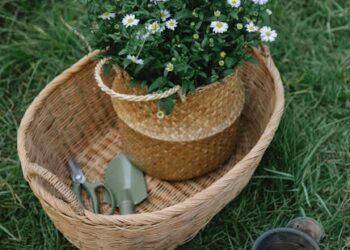Maximizing Your Garden’s Potential: The Role of Plant Growth Support
Whether you’re a seasoned gardener or just starting your first plot, understanding the importance of plant growth support can transform your gardening success. This guide offers you practical advice, insightful tips, and essential techniques to help your garden flourish.
Understanding Plant Growth Support
Plant growth support refers to various strategies and tools used to aid and enhance the development and stability of plants. It encompasses a range of practices from staking and trellising to the utilization of growth enhancers. Proper implementation helps in ensuring plants grow healthily, resist diseases better, and produce more yield.
Why is Support Necessary?
Think of plant support as a helping hand, offering your plants assistance when they need it most. Some plants, particularly vining varieties such as tomatoes and peas, or top-heavy ones like peppers, can benefit immensely from a bit of extra support. Without it, these plants might succumb to their own weight, break, or perform poorly. Support structures also keep fruits and flowers off the ground, reducing the risk of disease and pest attacks.
Choosing the Right Support System
Selecting an appropriate support system largely depends on the type of plants you are growing and the available space in your garden.
Stakes
Stakes are amongst the simplest and most widely used support systems. They are ideal for medium-height plants with a central stem, such as tomatoes and sunflowers. Driving a stake close to the plant base and gently tying the stem to it can prevent the plant from drooping under the weight of its own growth.
Cages
Cages are suitable for plants that branch out extensively, such as tomatoes and some types of beans. They provide 360-degree support, allowing the plant to strengthen as it grows upward and outward.
Trellises and Arbors
For climbers or vining plants like cucumbers, peas, and climbing roses, trellises and arbors are excellent. They not only help in saving space but also add an aesthetic element to your garden. Vertical support systems such as these encourage plants to grow upwards, which can lead to a better air flow and increased exposure to sunlight.
Implementing Growth Enhancers
Beyond physical support structures, certain substances can also promote healthier and more robust plant growth.
Organic Fertilizers
Organic fertilizers, like compost or manure, enrich the soil with essential nutrients, improving overall plant vigor and yield. They help in building a strong root system which is foundational for a healthy plant.
Mulches
Applying mulch around your plant base can control soil temperature, retain moisture, and inhibit weed growth. Mulches made from organic materials such as bark or straw decompose over time, enhancing soil fertility.
Practical Tips and Examples
To give you a clearer idea, let’s explore some actionable steps in applying these principles:
Correct Timing of Support
Install supports at the time of planting or shortly after, to minimize disturbance to the root system. For example, inserting stakes when planting tomatoes will prevent complications associated with later insertion.
Proper Application Techniques
When tying plants to stakes or trellises, use soft materials like cloth or specialized plant ties to avoid injuring the stem. The tying technique should be loose enough to allow growth and movement but secure enough to support the plant’s weight.
Common Questions Answered
Can I reuse support structures?
Yes, many support structures such as stakes, trellises, and cages are reusable. Make sure to clean them at the end of the season to prevent disease spread.
What to do if plants outgrow their supports?
If plants begin to outgrow their initial supports, additional support may be necessary. This could mean adding higher stakes, extending trellises, or providing supplementary ties to stabilize the growth effectively.
Conclusion
Maximizing your garden’s potential through the effective use of plant growth support can dramatically enhance not only the health and productivity of your plants but also the overall beauty and functionality of your garden. By choosing the right support systems and combining them with growth enhancers, you’re setting your garden up for success. Remember, every plant has unique needs, so tailor your support strategies accordingly and watch your garden thrive!

